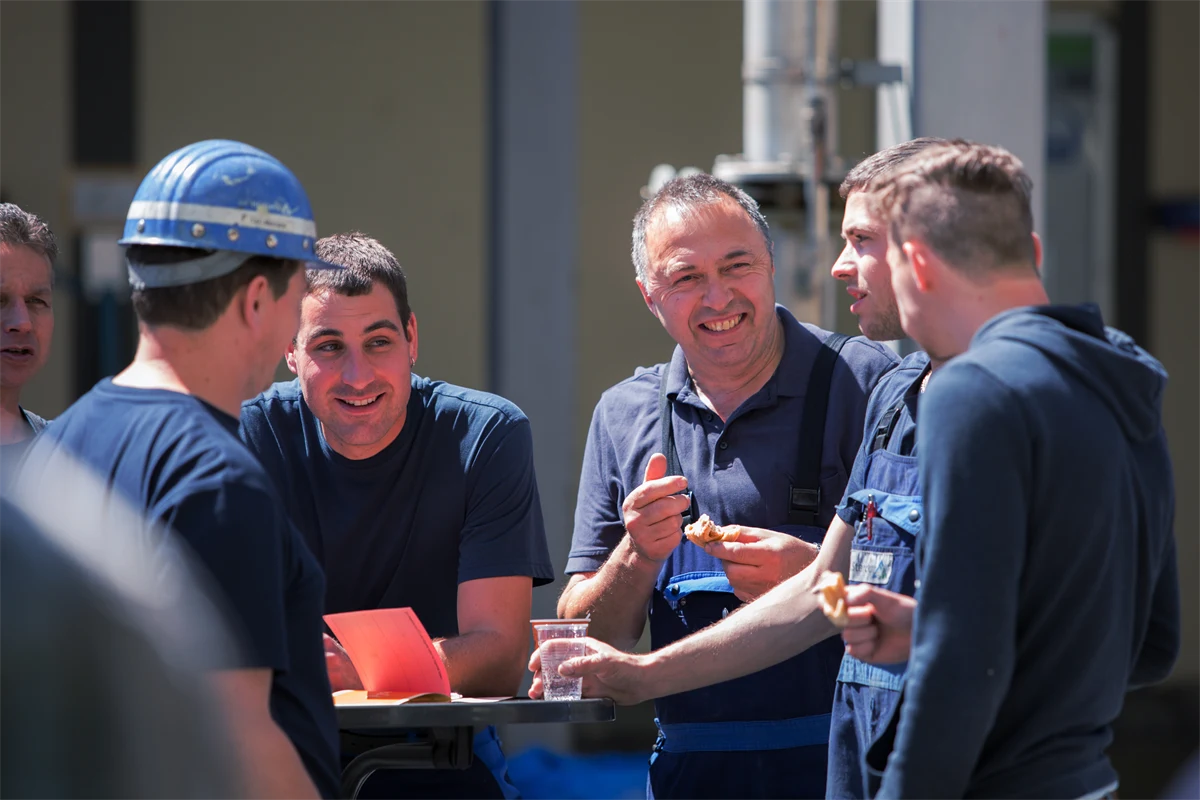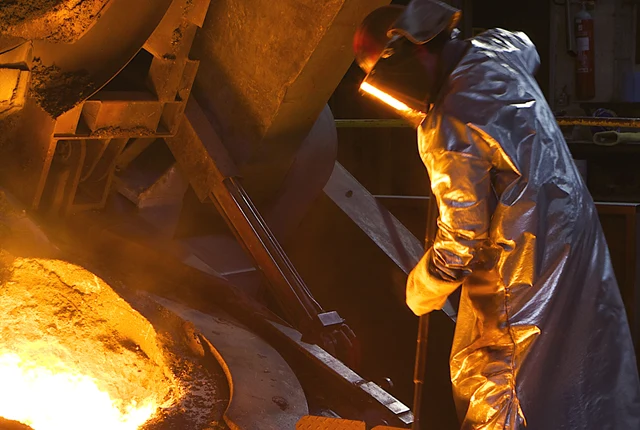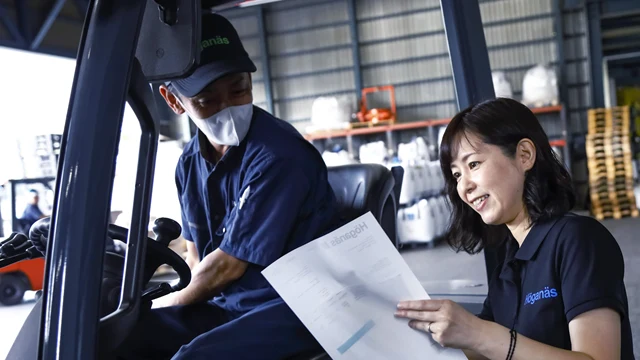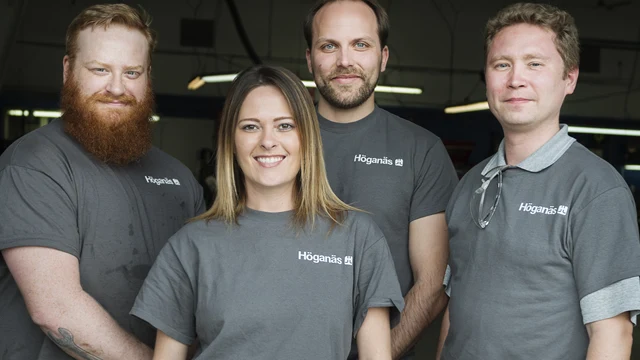
Workplace
Safety culture is key
Even though we have worked systematically to improve our safety performance and have made progress, it has been too slow. To speed up and increase our efforts, we appointed a Global Safety Manager for operations in January 2019.
During the year, many activities and improvements have been carried out, especially concerning competence development, improved reporting procedures and communication around best practice and lessons learned.
Our interim target for 2019 was a lost time injury frequency (LTIFR) of less than 3 per million hours worked. In 2019 the LTIFR was 7.6 (8.2), which was a decrease compared to last year’s result of 0.6 points.
From now on we will introduce the KPI “Total Recordable Injuries” (TRI) and TRI frequency, which also includes injuries that do not result in absence from work. Furthermore, we will follow a severity index and a reporting culture index. These KPIs will give us a more complete picture that will improve our ability to focus our preventive measures effectively.
In 2020 we will increase our focus on safety leadership, awareness and attitudes even further to develop a strong safety culture. Activities will include increased interaction and communication between sites and the introduction of “Best Practice Groups” for high risk areas. We will strengthen the use of effective tools for dialogue and improvements, as well as hands-on risk mitigation methods, such as “Take 5”, a pre-start safety checklist.
We must work persistently to foster the attitude that zero accidents is achievable. We also need buy-in from all our co-workers around the globe to fully embrace the “safety first” mentality and let it permeate all actions and everyday behaviour.




